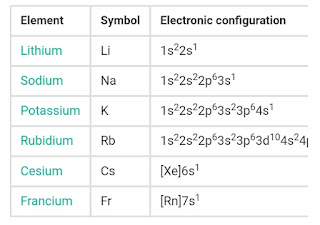Important questions
» A positive charge of 16μC when flows from point A to B on its own, work done by the field on charge is 16×10−3J. What is the potential of A if potential of B is 1100 volt? Ans . Using I = q/t {q = n e} I = n e / t I = 1 A , t = 1 s, e= 1.6×10 −19 C No. of electron = I t / e = 1×1 / 1.6 × 10^ -19 = 6.25 × 10¹² electron » A piece of resistance wire has resistance of 16Ω. It is melted and reformed into a wire such that, its diameter is doubled. New resistance of the wire will be Ans : R = length × area of cross section Resistance is inversely proportional to area or d^2/4 . So, if diameter doubles the resistance will become 1/4 of initial value i.e., 4 ohm » Two charges of equal magnitude and at a distance 'r' exert a force F on each other. If the charges are halved and distance between them is doubled, then the new force acting on each charge due to the other is Ans : F = k q 1 × q


